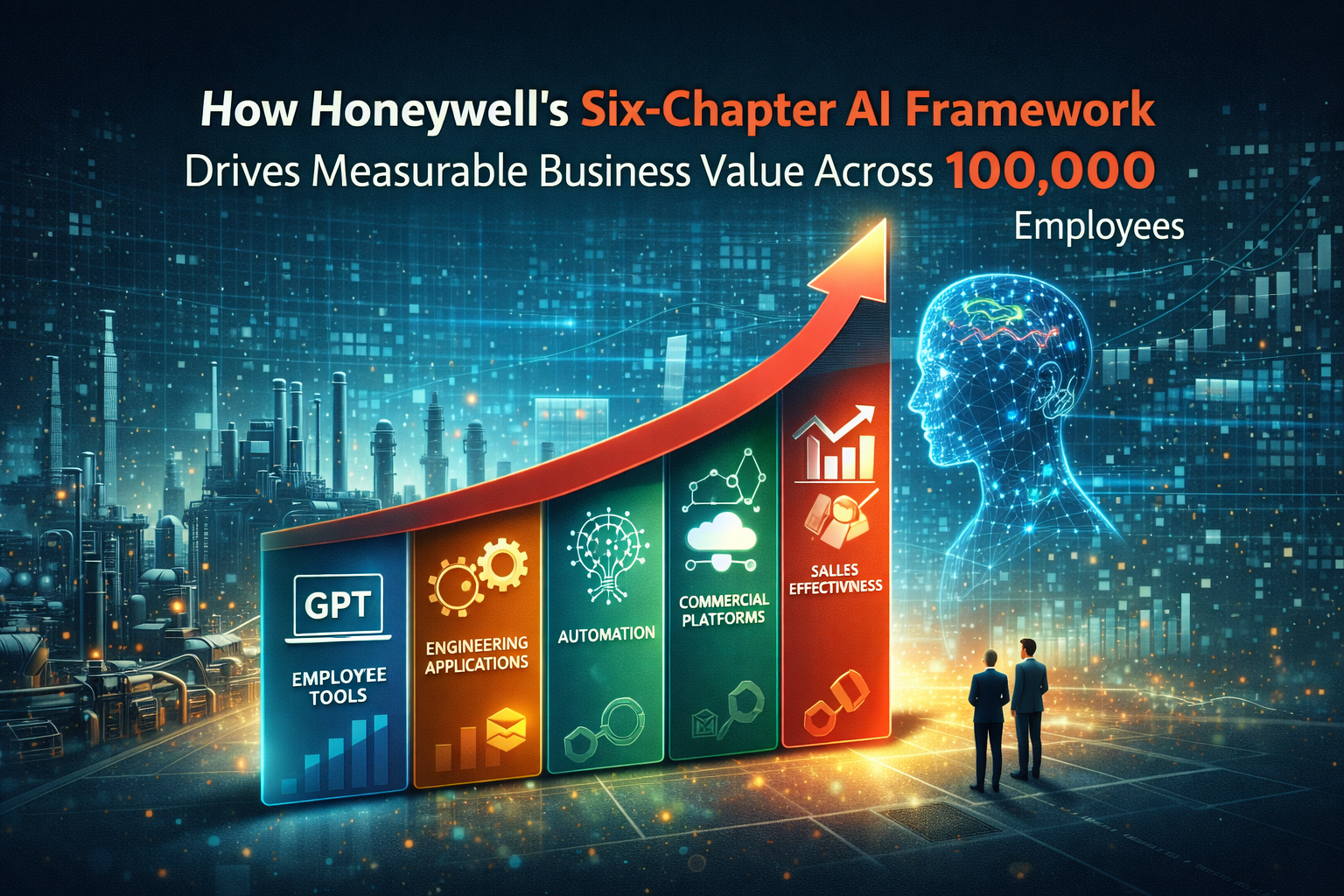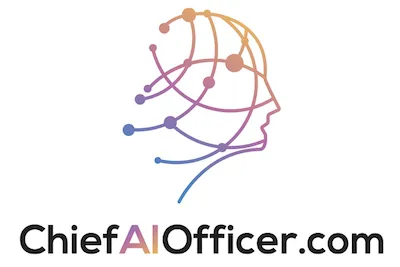The Reality of AI in Business Today
Are you wondering how to use AI in your business? Do you feel like AI might be too complex or not practical for your industry? Many business owners feel the same way. In our latest podcast episode, we talked with Karl Yeh, an AI consultant who works with traditional businesses. Karl shared real insights about how companies are using AI right now – not in theory, but in actual day-to-day operations. Karl emphasized that embracing AI doesn’t have to be a daunting task; instead, it can be a gradual integration tailored to each business’s unique needs. He highlighted several case studies where companies successfully implemented AI solutions, effectively changing business perspectives with AI. By demystifying the technology, Karl inspires business owners to see the potential benefits AI can bring to their operations, regardless of industry. Karl emphasized the importance of starting small and experimenting with AI tools that can streamline processes and enhance decision-making. By focusing on specific pain points, businesses can begin unlocking AI potential in business and observe tangible results over time. This practical approach helps demystify AI and encourages even the most hesitant entrepreneurs to explore its possibilities.
Karl focuses on helping medium-sized businesses in traditional industries like oil and gas, construction, manufacturing, and real estate. These aren’t tech companies rushing to adopt the latest AI tools. They’re regular businesses looking for practical ways to improve
The Personalized Nature of AI Implementation
One of the most interesting insights from our conversation was how personalized AI needs to be for each business.
AI is very personalized to the individual, personalized to the team, personalized to the company, and personalized to the industry, Karl says.
This means you can’t just copy what another business is doing with AI. The same two people in an organization with the same role could use AI very differently because it helps them in specific ways.
Starting with Business Goals, Not AI
When Karl works with clients, he doesn’t lead with AI. Instead, he starts by understanding their business goals: This approach allows him to tailor solutions that align with their vision. He often discusses the role of ai agents in workplace governance, emphasizing how they can enhance decision-making and streamline operations. By prioritizing client objectives, he ensures that any technology implementation supports their overarching strategy. He believes that a strong foundation in their objectives allows for a more tailored approach to implementing technology. By aligning AI solutions with these goals, he helps clients see the potential of ai agents transforming business practices, ultimately driving growth and efficiency. This personalized strategy fosters trust and leads to more successful outcomes.
-
What are your quarter goals?
-
What are your annual goals?
-
What are the things from a business perspective you are focused on?
-
Where do you think AI can help?
This approach ensures that AI solves real business problems rather than being technology for its own sake. By focusing on practical applications, organizations can leverage the full potential of AI to drive efficiency and innovation. The integration of data analytics and user feedback into AI systems can provide valuable ai agent transformation insights, allowing companies to refine their strategies and achieve sustainable growth. Ultimately, this approach fosters a culture of continuous improvement, ensuring that AI remains a valuable asset in solving complex challenges.
Finding AI Opportunities in Every Business
Karl and his team spend time with different departments in a company to understand their processes. They ask people about the boring, the mundane, and the things that you really hate doing but you have to do week in, week out.
What they find is that every business has similar pain points
-
Repetitive emails
-
Weekly reporting
-
Unclear data metrics
These repetitive, time-consuming tasks are perfect candidates for AI enhancement
The Local Approach to AI Consulting
Interestingly, Karl and his partner focus on working with local businesses in their area (Calgary, Alberta). They give presentations to chambers of commerce, industry associations, and rotary clubs.
This local, in-person approach has been remarkably effective:
What we found is we close much higher in person than virtually. It’s not even close. Like sitting down with people and talking about AI, there’s just something about it that just works for us.
This challenges the idea that everything in the tech world needs to be global and scalable
Piloting Before Scaling
Karl recommends starting with 3-5 pilot projects rather than trying to implement AI across an entire organization at once.
We don’t want to scare anybody, and we want to ensure that if it doesn’t work, it’s super simple to fold up. But if it does work, then we have another conversation: how would you like to scale this?
This approach reduces risk while still offering high potential for improvement.
Managing Expectations About AI
A big part of Karl’s job is managing expectations about what AI can actually do today versus what might be possible in the future.
When clients have grand expectations, Karl sometimes has to say:
No, because your expectation of what we can deliver – yes, we could take your money and take the contract, but it won’t help you because you have more of a strategy problem, a marketing problem, a business operation problem, an HR problem.
This honesty builds trust and ensures clients get real value from their AI investments.
Want to Try AI in Your Business?
If you’re thinking about how AI might help your business, the Chief AI Officer community is a great place to start. For just $1, you can access custom tools, live calls, and business consulting advice.
Ready to start your AI journey? Join our FREE AI Authority Challenge and learn how to leverage AI in your business immediately.
Frequently Asked Questions
How much can AI really improve my business processes?
Most businesses see a 10-40% improvement in efficiency when implementing AI correctly. While there are occasionally outliers that see 80% improvement, the 10-40% range is consistently achievable and significant enough to make a real difference.
Do I need technical expertise to implement AI in my business?
No, you don’t need to be a technical expert. What’s more important is understanding your business processes and identifying where AI could help. Many AI consultants can guide you through the process and provide training for your team.
Is AI only for tech companies or large enterprises?
Absolutely not. Traditional businesses in industries like manufacturing, construction, oil and gas, and real estate are successfully implementing AI. Medium-sized businesses (under 500 employees) often see great results because they can move faster than large enterprises.
How should I start with AI in my business?
Start with a strategy session to understand your business goals and identify 3-5 pilot projects where AI could make a difference. Start small, measure results, and then scale what works. This reduces risk while still offering significant potential benefits.
Will AI replace my employees?
The goal of implementing AI should be to make your employees more efficient, not replace them. As Karl explains, it’s about giving people back time by automating repetitive tasks so they can focus on higher-value work.
How quickly will I see results from AI implementation?
With the right approach, you can see results from pilot projects within weeks or months. However, it’s important to have realistic expectations and understand that AI implementation is an ongoing process, not a one-time fix.




